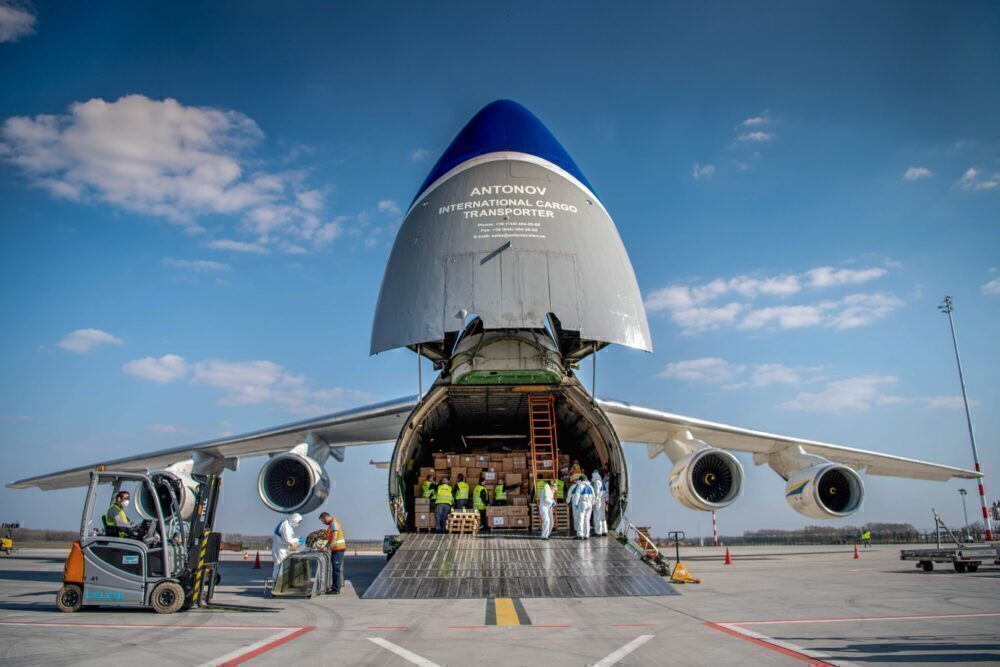Fixed-wing aircraft have had a similar design since the earliest days of aviation. A central fuselage is joined to large, horizontal wings to provide the lift needed for flight. Where this wing is attached to the fuselage does differ, though, with high wing aircraft having the wings above the fuselage and low wing aircraft generally having them below the fuselage mid-point. There are good reasons for this, related to the role of the aircraft.

Placing the wing
The earliest aircraft (including the very first powered aircraft from the Wright brothers) were biplanes. The two wings allowed for a shorter wingspan and were structurally more stable. However, they do not provide twice the lift of a single wing, and the supports and struts required increase drag. As speed increased, the single-wing design became the most common.
The purpose of the wing, of course, is to provide lift as it moves through the air. Where the wing is attached to the fuselage makes no difference to that. From a functional perspective, low wing and high wing aircraft are similar (although low wing tends to offer better aerodynamic performance). So in that respect, neither type is ‘better.’ The choice of which to use comes down to other practical conditions.

Commercial jets tend to have low-wings
Today, most commercial passenger aircraft, including all Boeing and Airbus narrowbody and widebody jets, have low wings. These are ‘attached’ just below the mid-point of the fuselage – and this is critical in their choice. The wing structure includes a central wing box, and this fits well at this point in the fuselage, between the passenger cabin and the cargo hold. It does not interfere with the passenger cabin, and the wings and wing box can also be used to house part of the landing gear structures.

There is also an important safety consideration. The low wings will absorb more of the impact in the event of a gear-up emergency landing. They are also safer in a water landing, as they will keep the fuselage above water.
With low wing aircraft, it is also easier to access the engines, for maintenance and for inspection during airport turnarounds.

Other aircraft may use high wings
High wings are used by some passenger jets (such as the BAe 146 and ATR series). This has the advantage of high clearance on rough ground. And larger flaps can be used for improved short field performance.

Many military and cargo aircraft use high wings. This again allows safer operation over rough ground. But the wing structure is also important here, allowing full access to the fuselage for cargo transportation.

Smaller, light aircraft may have low or high wings. Which is best in these cases may well come down to operator or pilot preference. With a single propeller at the front of the aircraft, the wings are not as critical for ground clearance. Instead, factors such as ground vision, pilot experience and even cabin shading are relevant.
As we have discussed, the choice of high low wing is more to do with aircraft role than aerodynamics or lift. Feel free to discuss other aircraft and the reasons for their wing choice in the comments.
from Simple Flying https://ift.tt/3gNEMn6
via IFTTT
Comments
Post a Comment